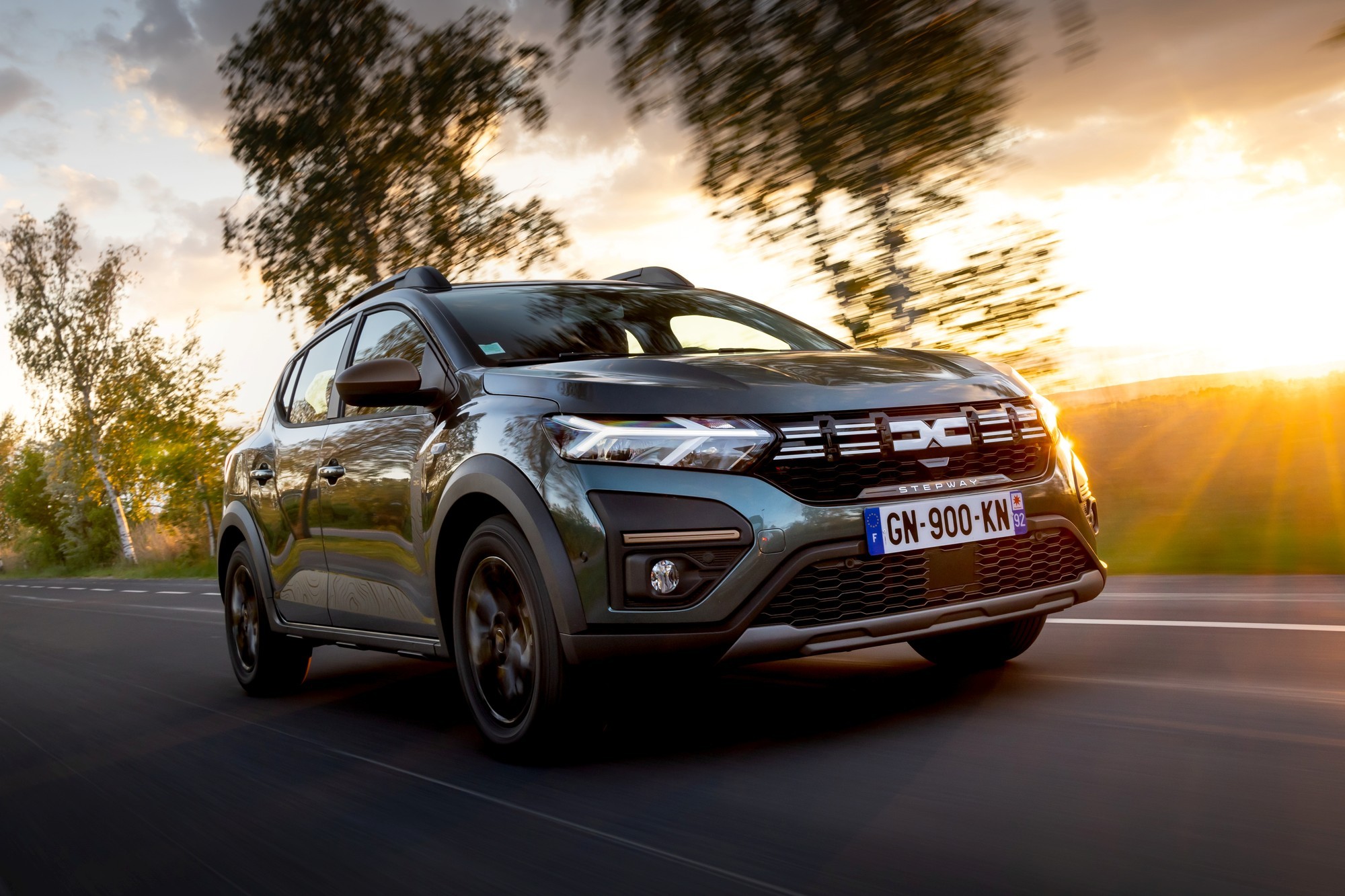
Dacia CEO Denis Le Vot gave the first official introductions on what the fourth generation Dacia Sandero will be like: it will debut in 2027 or 2028 year and will remain one of the most affordable models on the European market. There will definitely be an electric version, but with rather modest technical characteristics.
The current third-generation Dacia Sandero on the CMF-B modular platform debuted in 2020. The combination of a fairly solid appearance with an affordable price made the «third» Sandero Europe's favorite: last year, the Romanian hatchback, according to the analytical agency JATO Dynamics, took second place in the list of absolute bestsellers after the Peugeot 208 (200,550 units and 206,816 units sold, respectively). ), and the most recent data for April shows that Sandero has taken the lead with 18,659 copies sold, 44% more than it was in April 2022. The second place in April of this year was taken by the VW T-Roc crossover (16,746 units, +19%), the third — Opel Corsa (16,578 units, +40%).
Actual Dacia Sandero 1/3 Actual Dacia Sandero 2/3 Actual Dacia Sandero 3/3
In Germany, Dacia Sandero now costs from 11,300 euros (1.04 million rubles translated at the current exchange rate) — this is the cheapest new passenger car on the market, and quite spacious and versatile. Dacia CEO Denis Le Vot told British Autocar magazine that the fourth-generation Sandero, which will hit the market in 2027 or 2028, should remain accessible to as many Europeans as possible, but that will not be easy.
< p>The “fourth” Sandero will be offered both with gasoline engines and as an electric vehicle. It is still impossible to say for sure what the gasoline versions will be, because the Euro 7 environmental standards have not yet been approved, based on which the amount of costs for refining engines will be determined. Based on the current version of Euro 7, we can expect that the petrol Sandero will rise in price by at least 2,000 euros, since the internal combustion engine will have to be equipped with a hybrid makeweight and bulky «treatment facilities».
With the electric Sandero, there is more clarity: to make it affordable, you have to give up fast charging and a long range. Denis Le Vot cites the Dacia Spring cross-hatchback assembled in China as an example: it is equipped with a 27.4 kWh battery and can travel 230 km on a WLTP cycle on a single charge, while the average Spring owner drives less than 20 km per day. Denis Le Vot says that if the Dacia Spring were developed today, then its battery capacity would be halved, because the current capacity is excessive for the vast majority of customers, it makes no sense to overpay for it.
What will be the battery capacity of the new Sandero is still unknown, because even its type has not yet been approved. Dacia is seriously considering using sodium-ion batteries, which are gaining popularity in China: they have a lower charge density compared to lithium-ion and take longer to charge, but they are relatively cheap to manufacture, safer, more environmentally friendly and show stable performance over a wide temperature range. Until 2027, other technical solutions may appear, progress in the battery business is now moving quite quickly.
Dacia management will have to decide on the design of the new Sandero much earlier, in the next year or two: work on it is already underway, it is known that the “fourth” Sandero will be noticeably different from the “third” and will receive a more angular and masculine body in the style of future Duster and Bigster crossovers. In fact, the new Sandero will turn into a cross-hatchback (a kind of Stepway by default) with a sufficiently high ground clearance and exterior trim elements that are not afraid to scratch when in contact with branches or the ground.
The life cycle of the fourth generation Dacia Sandero will end in 2034-2035. In 2035, sales of new passenger cars and light commercial vehicles powered by fossil fuels will be banned, and the Dacia brand, with its huge production volumes, will be forced to switch completely to electric vehicles.









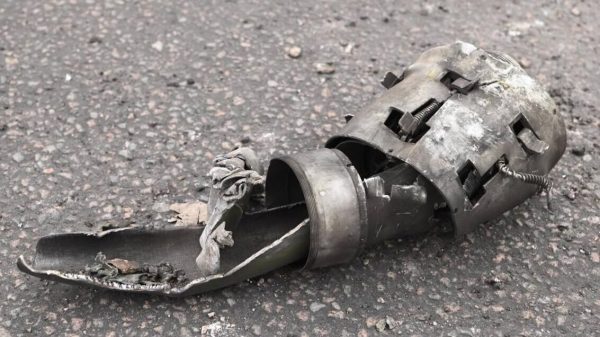





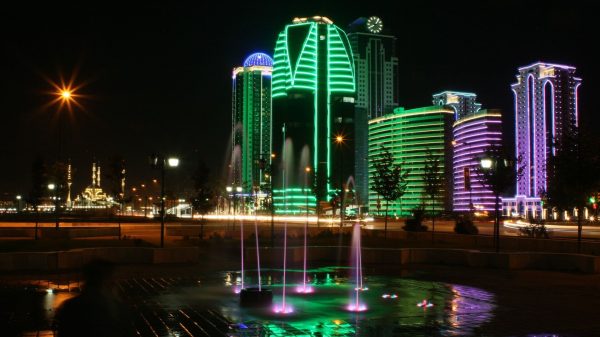


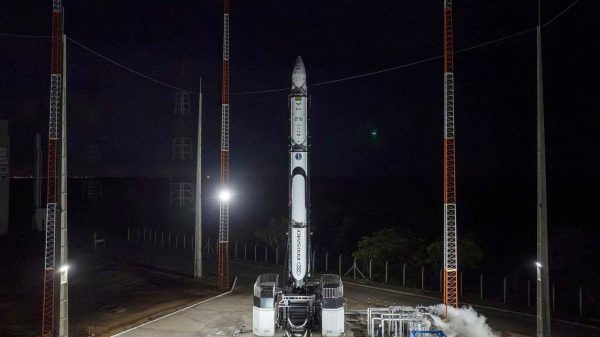


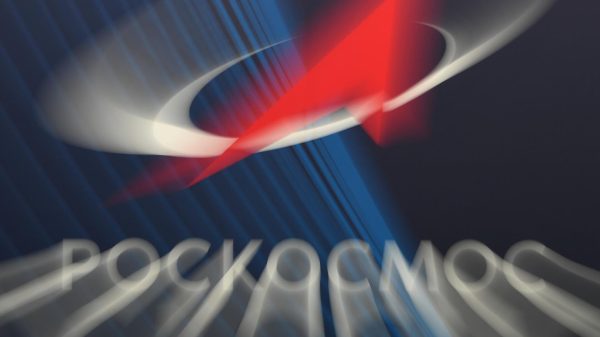


















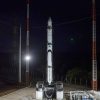















Свежие комментарии